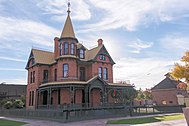Electrician in Littlefield
Electrician Littlefield
Ask around before you hire an electrician. Referrals can be invaluable in choosing a tradesman/service provider. Referrals are a great way to gauge the electrician's reliability as well as efficiency. Before hiring an electrician, verify their credentials and check their insurance policies. Avoid using an electrician who isn't insured or has a bad record. The best electricians will provide excellent service and do everything necessary to complete the job correctly.

Electricians Littlefield
There are many aspects to electrical construction that electricians can be responsible for, such as building maintenance and major upgrades. They offer valuable input in the construction process and can use their expertise and experience to make the right decisions. These contractors have the right licenses and the experience to complete the job safely. Some may even work outdoors or in cramped spaces. It doesn't matter what type of job they do, there are a few things to keep in mind when choosing an electrician.
Electrician in Littlefield
A professional commercial electrical contractor is the one who take your dreams as a challenge and able to take task one step further, plan out and arrange how an electrical installation set up should take place, as well as being able to supervise other electricians as they do the work.
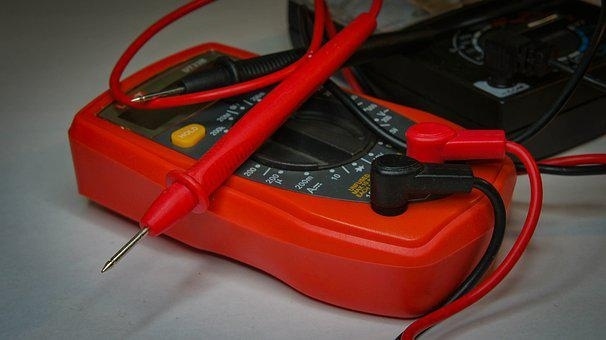
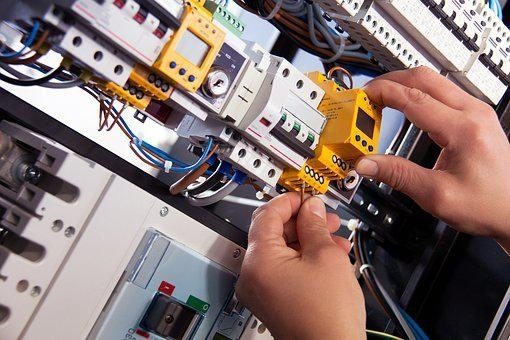
Electricians Littlefield
You should clean the vents and also clean the cord for debris and lint. Many electronics can produce heat which can cause damage to insulation and wiring. It is important not to plug in any items with burn marks. Call a licensed electrician immediately if you suspect that an electrical item has overheated. If you don't get rid of the debris, it is possible to end up with a melted wire.
Littlefield Electrician
Energy-efficient appliances. A large portion of your home's electricity consumption is accounted for by appliances. Replace old appliances like refrigerators and washers and dryers with energy-efficient models. Choose more efficient appliances like steam pressure cookers or brushless motor hairdryers. Also, invest in better windows and doors. These upgrades will cut air infiltration and save energy. Lastly, you can use ceiling fans to save money on your air conditioning bill by running them year-round.
Electrician in Littlefield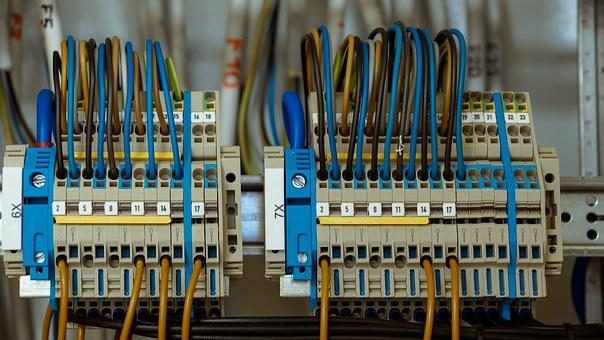
Electrician Littlefield AZ
You can also find reviews online about potential electricians. These are especially useful if you have had a positive experience working with an electrician. Another option is to call previous clients of the potential electricians to get a better understanding of their work. Get references from former clients if you can. It is also a good idea to look online for reviews about the company by previous clients to get a better understanding of their services.
Electricians Littlefield Arizona
As an Electrical Contractor you will interact with many people each day. Homeowners, project managers, and estimators will all be involved. In these roles, you will need to be able communicate well with people and have a sense for humor. It is essential to establish rapport with people and make them feel comfortable when dealing with electricians. These factors will allow you to achieve your goal quickly, safely, and in a timely manner.
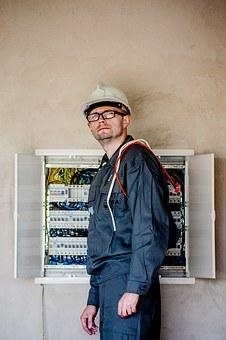
About Phoenix AZ
Phoenix, Arizona
|
Phoenix, Arizona
|
|
|---|---|
| City of Phoenix | |
|
Clockwise, from the top: Downtown Phoenix, St. Mary's Basilica, Rosson House, Mystery Castle, Camelback Mountain, Arizona State Capitol, Arizona Science Center, Chase Tower, and the Papago Park
|
|
|
|
|
| Nickname(s):
"Valley of the Sun", "The Valley"
|
|

Interactive map of Phoenix
|
|
Coordinates:  33°26′54″N 112°04′26″WCoordinates: 33°26′54″N 112°04′26″WCoordinates:  33°26′54″N 112°04′26″W 33°26′54″N 112°04′26″W |
|
| Country | United States |
| State | Arizona |
| County | Maricopa |
| Settled | 1867 |
| Incorporated | February 25, 1881 |
| Founded by | Jack Swilling |
| Named for | Phoenix, mythical creature |
| Government | |
| • Type | Council-Manager |
| • Body | Phoenix City Council |
| • Mayor | Kate Gallego (D) |
| Area | |
| • State Capital | 519.28 sq mi (1,344.94 km2) |
| • Land | 518.27 sq mi (1,342.30 km2) |
| • Water | 1.02 sq mi (2.63 km2) |
| Elevation | 1,086 ft (331 m) |
| Population
(2020)
|
|
| • State Capital | 1,608,139 |
| • Estimate
(2021)[3]
|
1,624,569 |
| • Rank | 5th in the United States 1st in Arizona |
| • Density | 3,102.92/sq mi (1,198.04/km2) |
| • Metro | 4,845,832 (11th) |
| Demonym | Phoenician |
| Time zone | UTC−07:00 (MST (no DST)) |
| ZIP Codes |
85001–85099
|
| Area codes | |
| FIPS code | 04-55000 |
| GNIS ID(s) | 44784, 2411414 |
| Major airport | Phoenix Sky Harbor International Airport |
| Secondary Airports | Deer Valley Airport Phoenix–Mesa Gateway Airport |
| Interstates | |
| U.S. Highways | |
| State Routes | |
| Public transportation | Valley Metro |
| Website | www |
Phoenix (/ˈfiːnɪks/ FEE-niks; Navajo: Hoozdo; Spanish: Fénix or Fínix,[citation needed] Walapai: Banyà:nyuwá[5]) is the capital and most populous city of the U.S. state of Arizona, with 1,608,139 residents as of 2020.[6] It is the fifth-most populous city in the United States,[7] and one of only two U.S. state capitals with a population of more than one million residents, along with Austin, Texas.[8][9][10]
Phoenix is the anchor of the Phoenix metropolitan area, also known as the Valley of the Sun, which in turn is part of the Salt River Valley. The metropolitan area is the 11th largest by population in the United States, with approximately 4.85 million people as of 2020.[9] Phoenix, the seat of Maricopa County, has the largest area of all cities in Arizona, with an area of 517.9 square miles (1,341 km2), and is also the 11th largest city by area in the United States.[11] It is the largest metropolitan area, both by population and size, of the Arizona Sun Corridor megaregion.
Phoenix was settled in 1867 as an agricultural community near the confluence of the Salt and Gila Rivers and was incorporated as a city in 1881. It became the capital of Arizona Territory in 1889.[12] It is in the northeastern reaches of the Sonoran Desert and has a hot desert climate.[13][14] Despite this, its canal system led to a thriving farming community with the original settlers' crops remaining important parts of the Phoenix economy for decades, such as alfalfa, cotton, citrus, and hay.[15][16] Cotton, cattle, citrus, climate, and copper were known locally as the "Five C's" anchoring Phoenix's economy. These remained the driving forces of the city until after World War II, when high-tech companies began to move into the valley and air conditioning made Phoenix's hot summers more bearable.[17]
The city averaged a four percent annual population growth rate over a 40-year period from the mid-1960s to the mid-2000s.[18] This growth rate slowed during the Great Recession of 2007–09, and has rebounded slowly.[19] Phoenix is the cultural center of the state of Arizona.[20] Phoenix is also majority minority, with 42.6% of its population identifying as Hispanic and 42.5% as "white" in the 2020 census.[21]




